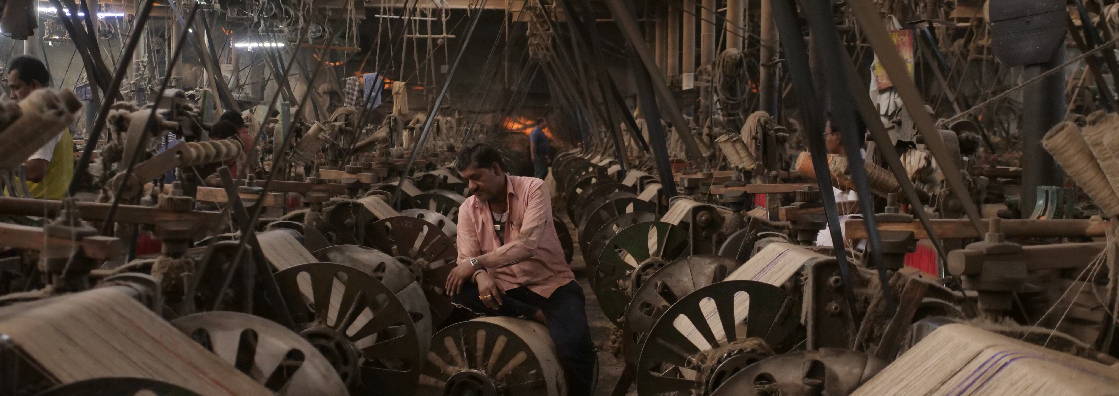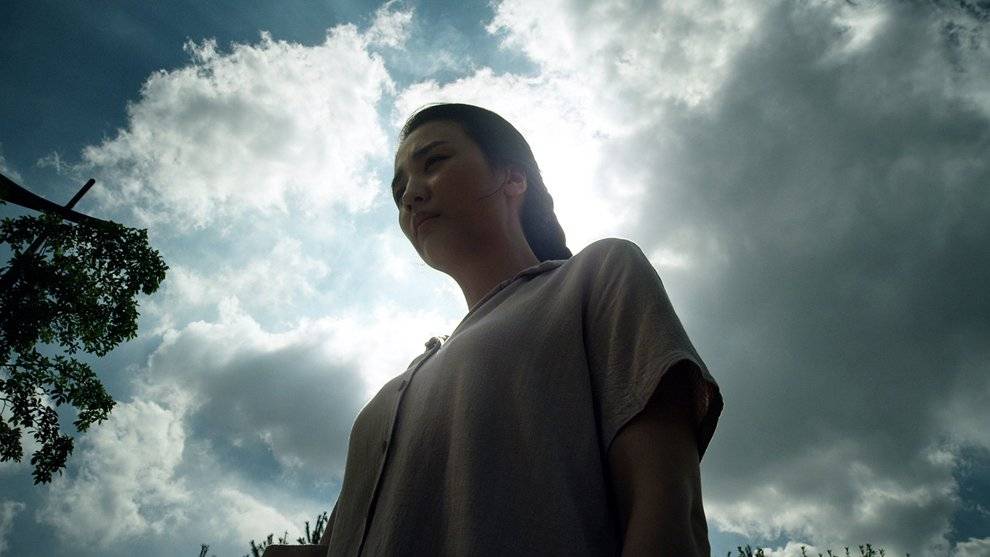Winner of the Critics' Week Grand Prize in Cannes this year, “Tiger Stripes” is a multinational production and Amanda Nell Eu's first feature. The film incorporates the new style of horror movies coming out of ASEAN countries, where the social commentary is at least as intense as the genre aspect, in an approach that seems to appeal particularly to film festivals.
“Tiger Stripes” is screening at Neuchatel International Fantastic Film Festival

The movie opens with 12-year-old Zaffan discarding her burga while dancing wildly in the school bathroom, while being recorded on a mobile phone. It is then, however, that her ‘frenemy', Farah, the third member of a ‘gang' also including Mariam, arrives and starts criticizing her in the most intense way, particularly for the fact that Zaffan is also wearing a bra. This scene actually sets the tone for the whole movie, with Zaffan almost constantly being on the defensive in her interactions with her friend, while also being punished by both the faculty of the all-girls islamic school she is attending, and her mother. The real troubles for the protagonist, though, start when she becomes the first in the class to menstruate, which in her case, though, is accompanied by bodily transformations that can only be described as monstrous. As claws and whiskers grow, her ostracization from the community becomes a certainty, but eventually Zaffan decides to fight back.
The metaphor for the body changes women experience when their puberty begins is quite palpable in the movie, with Eu even playing with the blood associated with menstruation, in a way that manages to be both realistic and part of the horror aspect of the movie. As many people (also according to the director) consider teenage girls overly emotional, crazy or hysterical, she decides to play with the whole concept, by having such a girl transforming into such a monster, additionally generating hysteria to the rest of the girls in the school, as one of the most memorable scenes in the movie highlights.
At the same time, Eu makes a rather pointed remark about conformity in the Muslim world, with the concept of “the nail that stands out is the one that gets hammered” being the second central one in the narrative, with Zaffan evidently being the “nail”. And although this concept is quite usual in cinema, there are two aspects here that make “Tiger Stripes” stand out. Despite the extreme way she stands out, as the girl actually turns into a monster, instead of cowering to the pressure coming from all over, she embraces it and feels proud of it after a point, in an approach that also seems to send a message about how women in general should feel about (the changes in) their body.
The second aspect is the main root of the prejudice and ostracization here, which this time, does not come that much from the family or the school, but from a friend, who is bound to also experience similar issues soon, but just cannot fathom the whole concept. That this individual is actually a young school girl makes the whole concept even more impactful, while adding to the entertainment the movie offers through the drama it emits. Furthermore, this element benefits the most by the outstanding acting of Deene Ezral in the role of Farah, who portrays a true villain in the most powerful way possible. And talking about acting, Zafreen Zairizal as Zaffan is also great in the way she portrays her frustration, regret, and eventually her monstrous nature, while her antithetical chemistry with Ezral is another of the movie's best traits.
At the same time, though, the overall acting and the narrative for that matter, do become somewhat excessive after a fashion, with the almost constant screaming being rather annoying after a point, and the story lagging in some of its elements and until the full circle that concludes the whole thing. These aspects bring the quality of the movie a bit down, while are probably the reasons that it will find very little appeal among horror fans.
On the other hand, in terms of the rest of the production values, the level is quite high. Jimmy Gimferrer's cinematography captures both the rural settings and the jungle with gusto, with the setting actually being one of the protagonists of the movie, particularly in the “monstrous” scenes. Especially the scene with the tents will definitely stay in the mind of any viewer. Carlo Francisco Manatad's editing results in a relatively fast pace that also works well for the overall aesthetics of the movie, even if a bit of trimming, particularly close to the end, would definitely benefit the movie.
“Tiger Stripes” is definitely more social drama (the comments about the prowess of Chinese students in the school also moves that way) than horror, but the overall combination is actually what makes the whole thing stand out, and the main reason that it will find an even wider festival run moving forwards. Amanda Nell Eu is definitely a director worth following.














